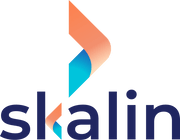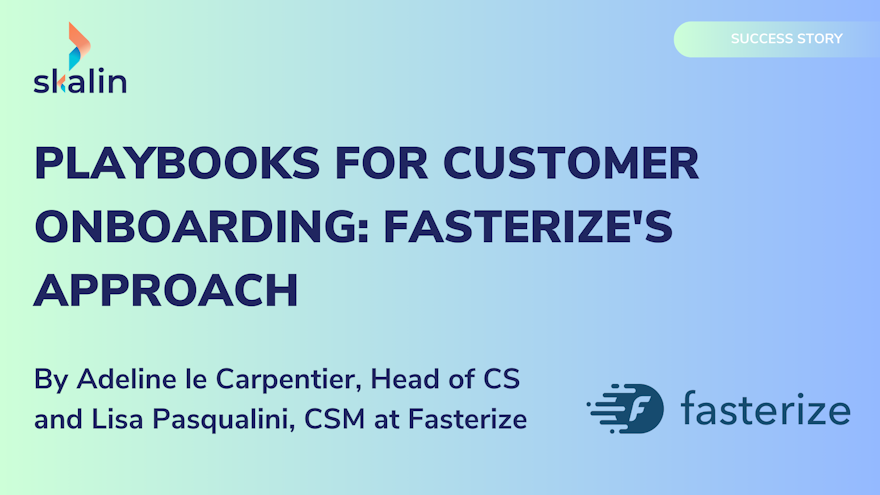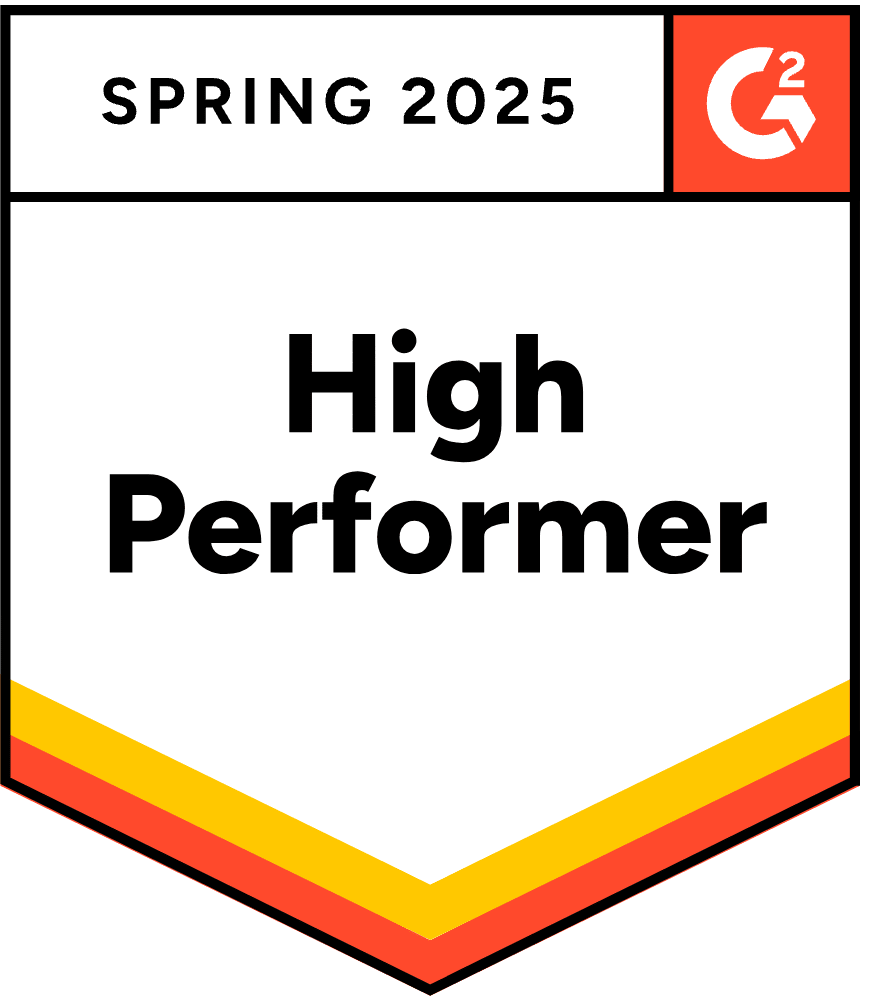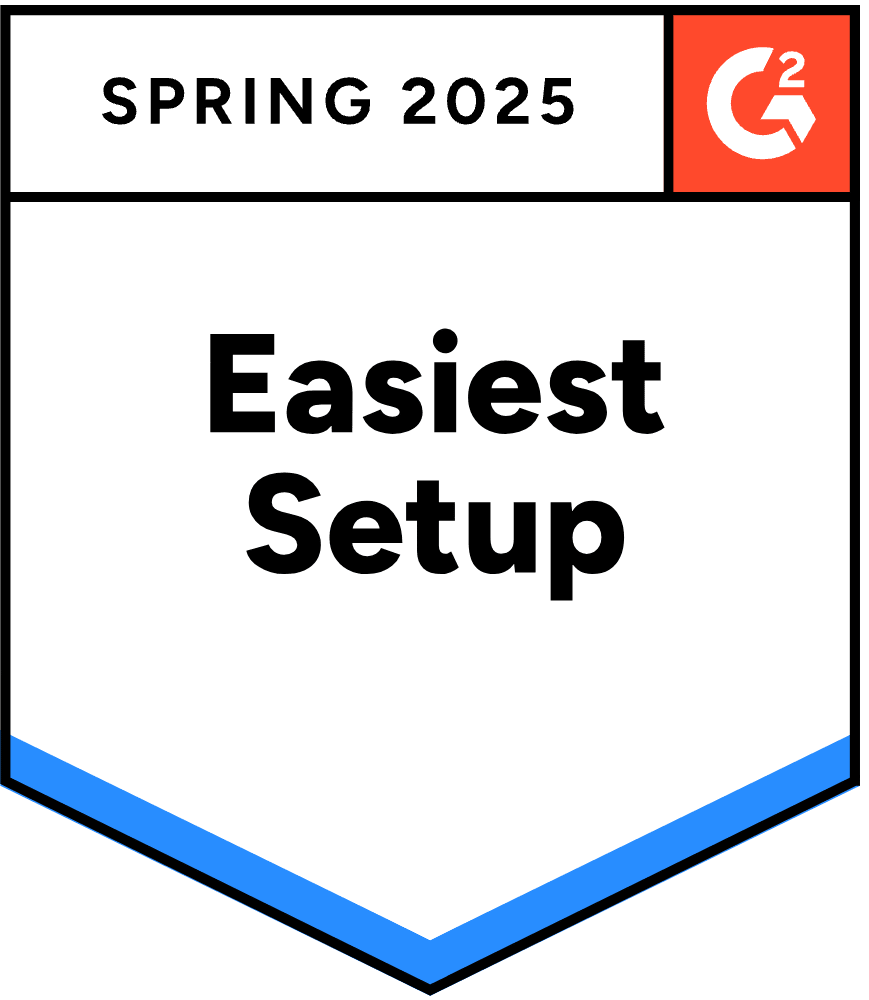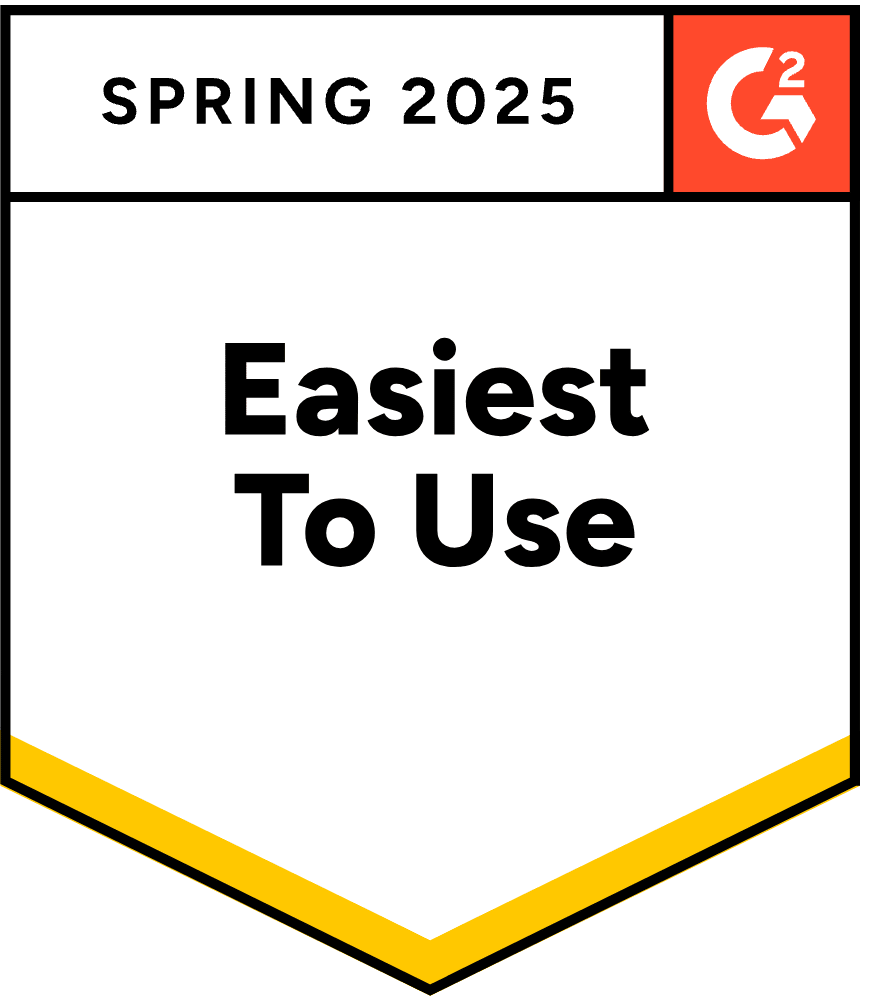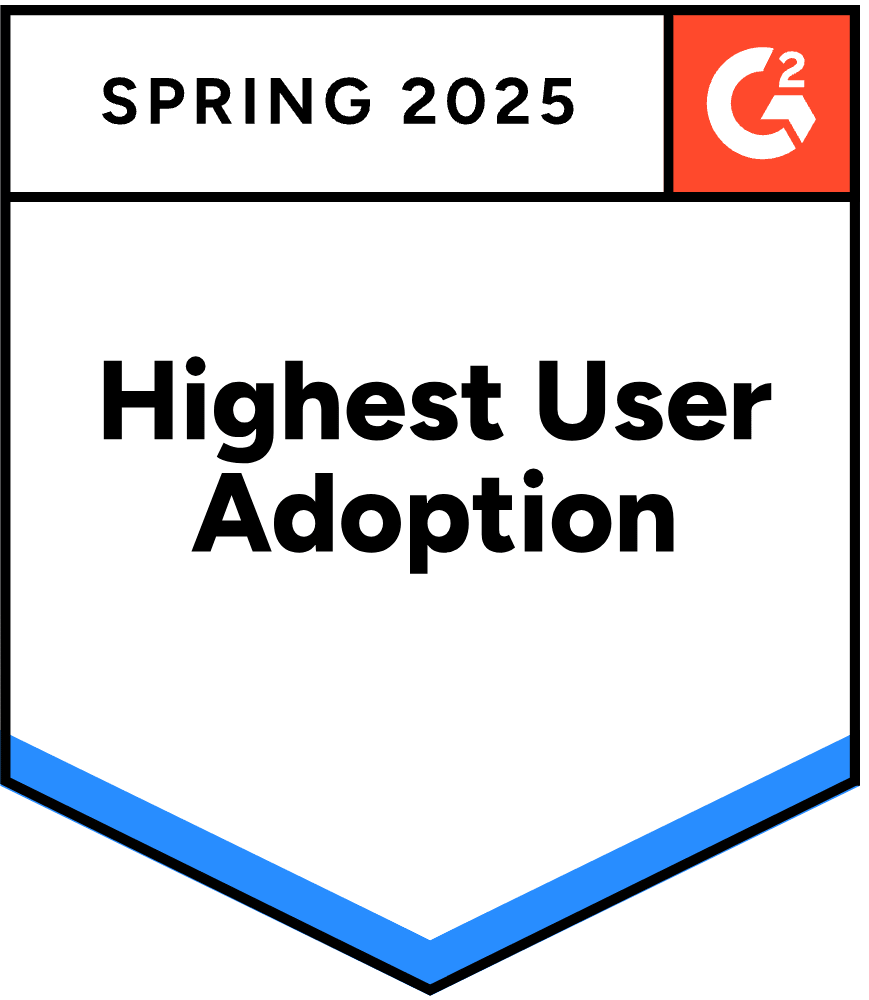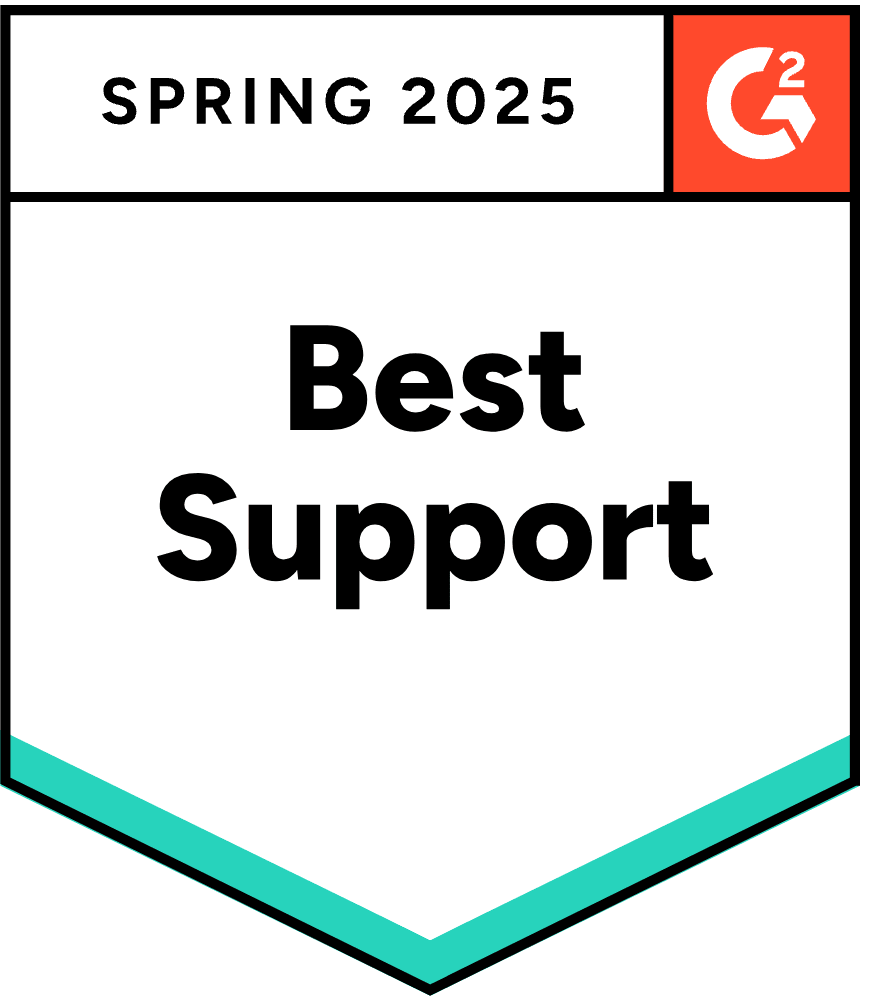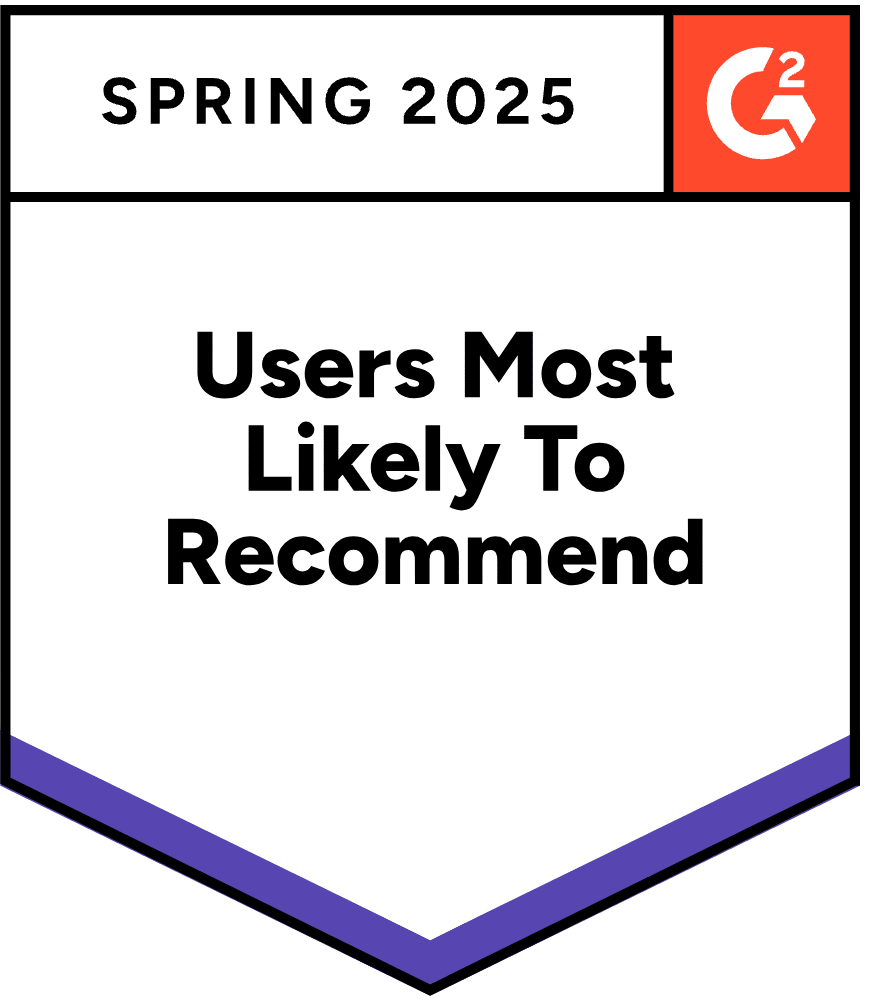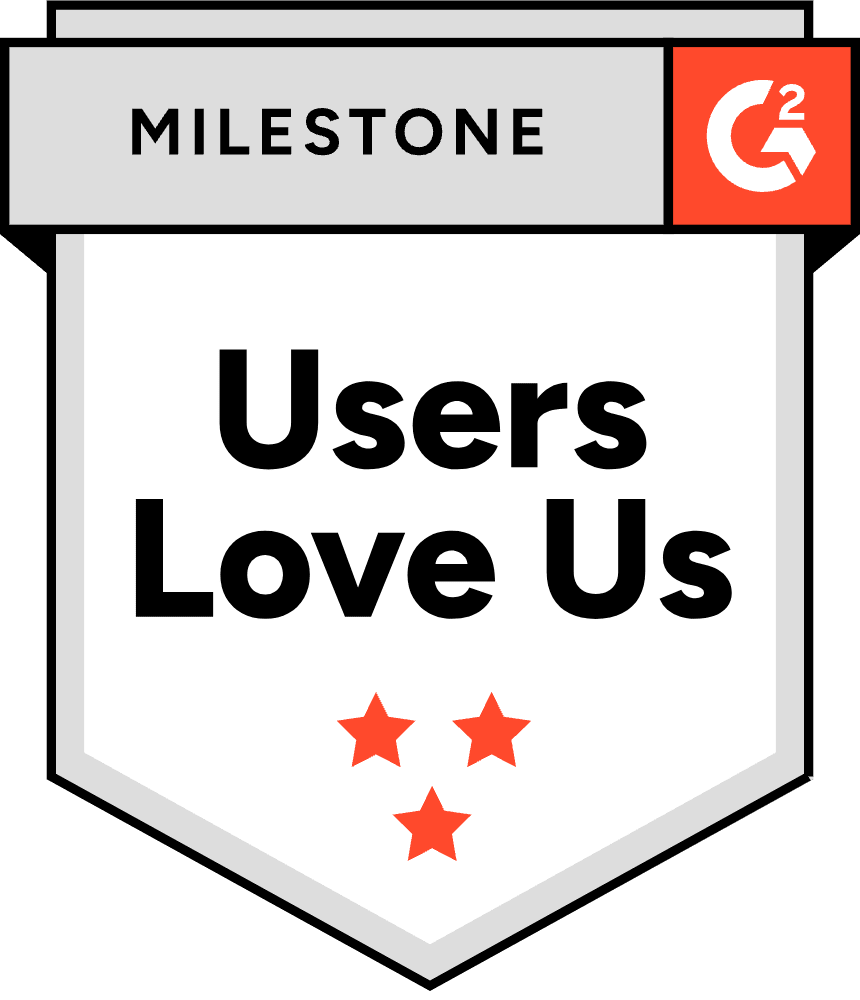Are you expanding your Customer Success team to accommodate your continuously growing customer base? While this expansion is a positive development, it also brings the risk of delivering inconsistent experiences to your customers. One effective strategy to mitigate this risk and ensure consistent onboarding is to standardise processes.
This is where Playbooks play a crucial role. Adeline le Carpentier and Lisa Pasqualini from Fasterize elaborate on how they established Playbooks for customer onboarding with the assistance of Skalin.
Could you please introduce yourself and provide a brief overview of Fasterize ?
Adeline: I'm the Head of Customer Success at Fasterize, a SaaS publisher established in 2011. Our primary focus is enhancing the user experience of our customers' websites. We specialize in front-end optimization, particularly in accelerating page loading times. Currently, Fasterize optimizes over 650 websites and boasts a team of 25 individuals based in France.
Lisa: I'm a Customer Success Manager, responsible for managing a portfolio of approximately thirty customers. I played a significant role in establishing the Playbooks for onboarding at Fasterize.
How is your Customer Success team structured ?
Adeline: In 2021, our team will comprise 3 Customer Success Engineers (CSE), who serve as web performance specialists responsible for customer onboarding and ongoing support. Initially, we used HubSpot CRM and Asana for project management; however, we found the integration between these tools to be inadequate.
Upon my arrival, I introduced the Customer Success Manager (CSM) role. With a growing customer base, we aimed to adopt a more customer-centric approach. Our first step was to implement Skalin to gain better insights into customer satisfaction, particularly through the Health Score. Subsequently, we introduced Playbooks. Presently, the team consists of 8 members, including 4 CSEs.
What is a Playbook ?
Adeline: A Playbook can be described as a sequence of actions executed according to a predefined process. It represents an automated workflow comprising a trigger, which serves as the condition for initiating the Playbook. Following the trigger, various distinct actions are executed. For instance, these actions may involve assigning tasks to a CSM, sending notifications to a Slack channel, or dispatching emails to the customer.
How is your onboarding process structured ?
Adeline: At Fasterize, the onboarding process spans approximately 6 weeks and encompasses several key stages:
Kick-off Meeting: This marks the initiation of the onboarding process and initiates a discovery period where we delve into the customer's unique requirements.
Setup Phase: During this stage, we integrate Fasterize with the customer's premises.
Testing Period: Following setup, we proceed to a testing phase, culminating in the boost.
After the boost, the CSM assumes responsibility for ongoing support.
How did you design your Playbooks ?
Lisa: To begin, we needed to establish a roadmap. Prior to creating the Playbooks, it's crucial to define the process and determine which tasks should be automated. Although we had already outlined the primary stages of onboarding, we needed to further refine the process.
- Working closely with the Customer Success Engineers (CSEs), we meticulously listed the small tasks, to-do lists, actions, and nuances. For instance, we discovered that some customers undergo an AB test period at the conclusion of the setup, while others do not.
- Next, we determined the trigger for each Playbook, and it naturally fell into place. We opted for a breakdown: each major stage of our onboarding process was assigned its own Playbook. This breakdown makes it much easier to navigate than having a single comprehensive playbook for the entire onboarding process. It's particularly beneficial when revisiting the Playbooks months after their creation.
- Now, let's discuss the construction of the Playbook. We assembled action bricks, such as to-do lists and email drafts. This allows us to automate task assignments to a CSE at the appropriate time and share specific information with the customer, such as a recipe guide or support contact details. We accomplish this using templates, with drafts automatically assigned to the CSE.
- After completing all tasks within one of these major stages, you progress to the next phase, which automatically triggers the corresponding Playbook.
Have you opted for full automation of the process ?
Lisa: No, that's the beauty of it! For instance, manual decision trees offer flexibility. Multiple paths are mapped out, and it's the human who decides which one to take, rather than relying solely on conditions tied to customer attributes.
Additionally, we have the capability to personalize emails. We chose to automate and centralize the CSE email templates, which handles about 90% of the workload. The remaining 10% requiring personalisation is left to human discretion. The CSEs can then customize them and send them out via Skalin.
What is your experience like working with Playbooks on a daily basis ?
Lisa: Working with Playbooks on a daily basis involves tracking them across various platforms. I highly recommend monitoring the 'My actions' page within Skalin, where you'll find all tasks that need to be completed. This includes any decisions required within manual decision trees.
The Slack integration proves invaluable for day-to-day team operations. Notifications can be used to send reminders, helping CSEs stay on top of their tasks. Without this feature, it's easy for tasks to slip through the cracks.
Additionally, it's worth mentioning that we've discontinued the use of Asana. Tasks now have automatic deadlines, and we manage timing directly within Skalin. This eliminates the need for an additional tool.
What are the key points to keep in mind ?
Adeline: The technical setup was relatively straightforward, but it required time to become accustomed to and customise, involving several iterations. It's essential to bear this in mind to ensure the tool aligns well with your requirements. Additionally, ongoing process refinement is necessary.
Furthermore, internal communication is crucial, especially to the teams utilizing the tools. We engaged in collective brainstorming sessions to determine what to adopt and what to discard. Ensuring everyone is on board generates significant buy-in. Overall, I believe it's imperative to raise awareness across all teams, particularly the sales team, about the importance of implementing a Customer Success tool.
What are the benefits of using Playbooks for customer onboarding ?
Adeline: From the team's perspective, Playbooks provide a standardised process that everyone is familiar with. Despite being automated, there's still a human touch involved. They also alleviate cognitive load and prevent backlogs, facilitating the onboarding of new team members. Centralising all information within Skalin makes processes simpler. Additionally, as a manager, Playbooks simplify my reporting.
For customers, Playbooks assist in adhering to pre-sales promises regarding onboarding timelines. Previously, sales would present the onboarding diagram, and subsequent follow-up would occur using various tools. Nowadays, triggering a Playbook with reminders ensures adherence to deadlines. We've observed an increase in satisfaction as measured by the Health Score.
Another advantage is the reduction in churn rate, which has been halved. While this outcome isn't solely attributable to Playbooks, they played a significant role in conjunction with the structuring of the Customer Success team, facilitated by Skalin.
